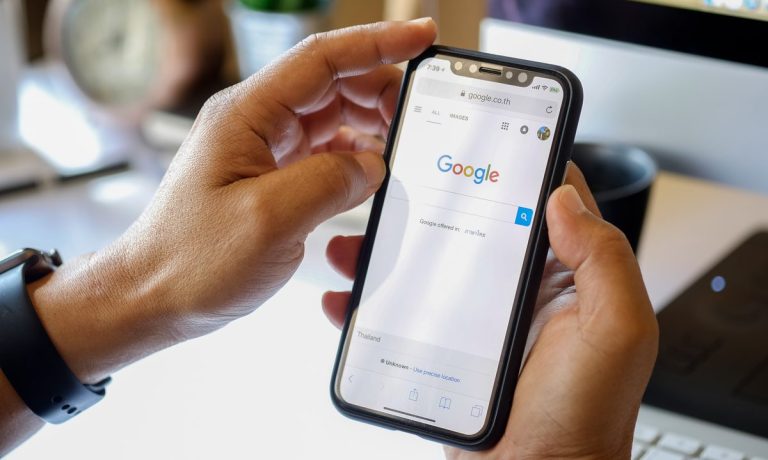
As analysts and investors pored over Google’s record fourth-quarter results Tuesday (Feb. 1), which were led by strength in its burgeoning cloud computing business and legacy search and advertising empire, the company’s evolving eCommerce and retail story would not be denied its chance to also be in the limelight.
“I’ve said it before and I’ll say it again; The future of retail is omnichannel,” Google Chief Business Office Philipp Schindler told analysts and investors on the company’s earnings call, before outlining plans to further invest in new features and next-gen experiences that benefit merchants and shoppers alike.
“People increasingly want to know what’s available nearby before they get to the store,” Schindler said. “People also want deals. They’re looking for value,” he added, noting that in the fourth quarter, retail was “by far the largest contributor to year-on-year growth of our ads business,” followed by honorable mentions of finance, media and entertainment and travel as other strong contributors.
How ‘Bout Those Holidays
Of particular interest for the holiday season quarter was the emerging integration of search, ads and location, with the company pointing out that map-assisted queries for terms such as “gifts near me” rose 70%. It’s proof that consumers clearly — and increasingly — want to know if the item they are seeking is in-stock at a local store and selling at a good price before they head out.
It’s also part of a complex and changing calculus of digital commerce that must factor in real-time multiple variables such as purchase urgency, estimated delivery time, physical store proximity, price and of course inventory availability to help consumers move toward that final purchase.
“Moving inventory, attracting new customers and building brand loyalty during the holidays and beyond got a lot easier,” Schindler said. “In Q4, the number of merchants using promo features jumped 280% year-over-year,” he added.
For shoppers, he said, Google had made it possible to browse and discover Black Friday and Cyber Monday deals via Search. At the same time, on the other side of the coin so to speak, Schindler said Google had made it easier for merchants to list promotions via automated imports from third-parties such as Shopify and WooCommerce.
In addition, Schindler pointed to Warby Parker’s recent 32% sales growth as not only coming from opening more stores and expanding its contact lens business, “but also by tapping into Google Across Surfaces,” a term that SearchEngineLand describes as a “catch-all for all the places Google shows product listings for free, including Images, Shopping, Lens, and Search.”
Early Innings of Omnichannel
In short, whether it’s livestream shopping events with brands like Walmart and Target, or the increasing insertion of product feeds in global video campaigns, Google’s retail offering still has plenty of runway and room to grow, especially at its new but fast-growing answer to TikTok, YouTube Shorts, an area of growth and opportunity that CEO Sundar Pichai called “broad and exciting.”
“I just find the world of information is only continuing to grow and it’s getting increasingly multimodal in nature,” Pichai said on the call which was conveniently carried on Google’s YouTube property.
“Just like we took the leap from text to images, to thinking through video, audio, incorporating it and then providing it back to users, regardless of whether they’re typing, speaking or looking at something and wanting an answer,” Pichai postulated, “that’s the journey between AI and search and we’ll continue doing that.”